The Changing Landscape of the CFO
The emergence of the Shared Service Centre (SSC), sometimes also referred to as the Shared Services Operation or Organisation (SSO), is certainly no new phenomenon. Since the mid-noughties, the cost and efficiency opportunities to be had through centralisation have been well understood by CFOs. They have become part of the organisational landscape of typically large, multi-national businesses, which have sought to:
- Increase efficiency & reduce costs – through economies of scale, reduced infrastructure costs and tax reductions derived from the SSC location.
- Gain better process management & control – by the implementation of standard processes across the business with its implications for greater management control and service delivery.
- Implement better technology – replacing geographically disparate legacy systems with a single installation of the latest technology to provide greater efficiencies and customer service.
- Improve levels of service – centralisation provides the potential to deliver operational best practice, both within the business (e.g. through a better trained and capable professional services team) and to customers, as well as taking advantage of the virtues of continuous improvement.
These are fairly generic benefits and for some, amount to the equivalent of a job description. A CFO appointed to head an SSC might once have seen it as a dumbed down, back office task management based role, offering little opportunity to improve their visibility, or engage more strategically, at the right level and within the larger business.
However, as these centralised business models mature, the personal opportunities for SSC-based CFOs to join their organisation’s ‘top table’ has become a more realistic one – if they get it right. For the more enlightened executive, implementing better reporting to drive performance and deploying technologies that permit operational malleability have been fundamental in their ability to react rapidly to changes in today’s volatile and highly competitive markets; key strategies.
One of the more specific implications in this evolution is the incorporation of technologies into SSC operations that had been considered peripheral until recently but which have now certainly become mainstream.
These have included solutions centered on a combination of compliance, control and business efficiencies such as balance sheet reconciliation and transaction matching technologies. In the crucial process of selecting the correct platform, their organisations have benefitted from a current and accurate view of business performance and the reducing of compliance risk.
A CFO with personal ambition and insight can counter the potential of a disaster, such as the current crisis facing the implicated executives at Tesco plc, for example. The growth in the market for these solutions is evident and there is no sign that it is abating.
The CFO acting as a champion of change needs to focus on a wide range of activities to enhance, as well as protect, business operations. The old adage that “you cover the downside and the upside takes care of itself” is a prudent yet positive observation. It is one which will serve them well in their personal career ambitions and goals.
For the CFO with the right skillset and attitude, opportunities and challenges abound. However, foresight and insight are mandatory as pitfalls and the metaphorical ‘banana skins’ are prevalent.
Tom Burke is a Senior Sales Executive within ReconArt’s UK operation. With over 25 years’ experience of enterprise-class software solution sales, he brings extensive knowledge to the table of how automation using proven software can bring significant benefits to any organization. Tom can be contacted at tom.burke@reconart.com or +44 (0)20 3239 8160.

 follow our blog
follow our blog
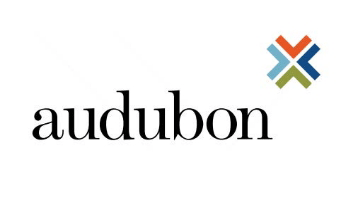
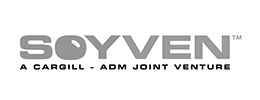











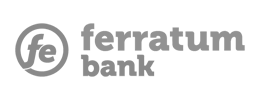

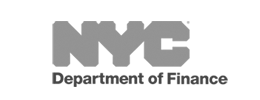


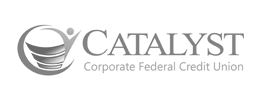

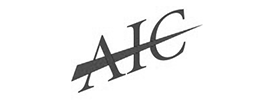

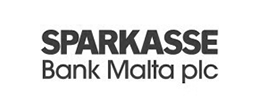
 Quick response
Quick response

